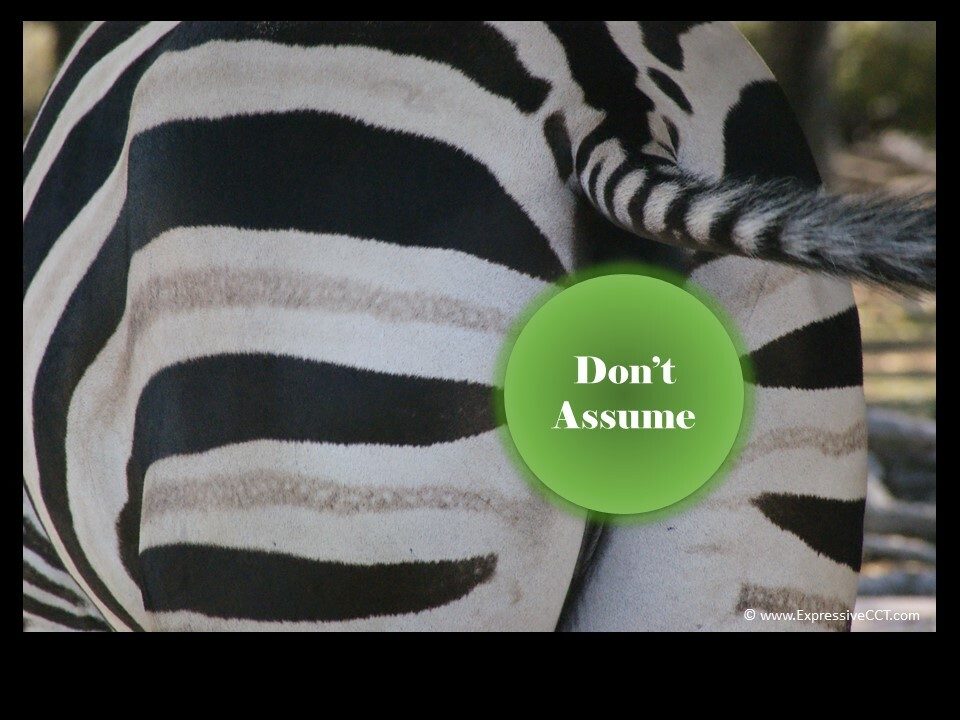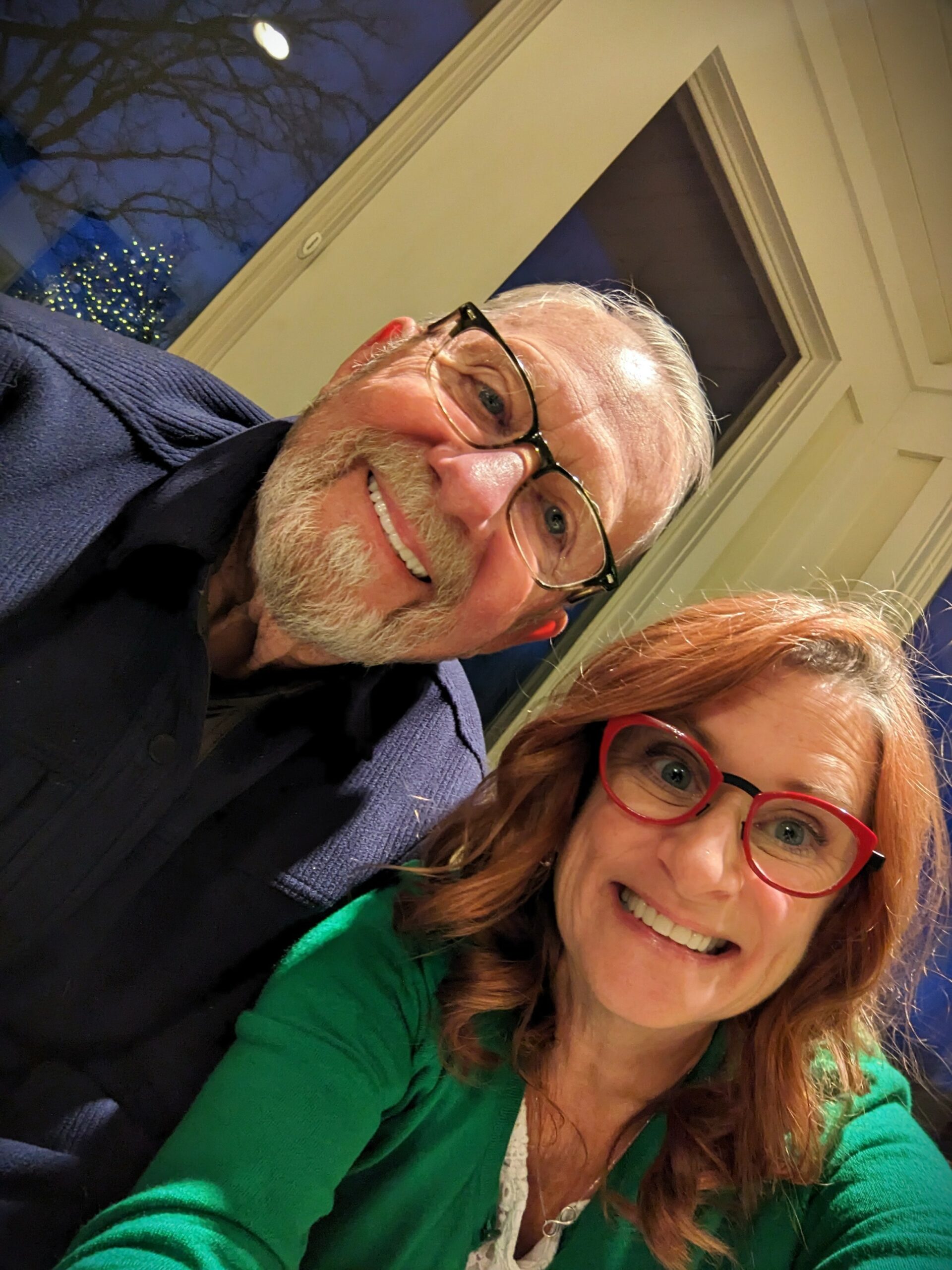No one likes waiting to be noticed, acknowledged, or helped … that is why RESPONSIVENESS is so critical to achieving customer satisfaction. So, what exactly is RESPONSIVENESS anyhow? It is our “willingness to help the customer promptly.”
 It can be challenging to be responsive when you have multiple customers waiting in line or hundreds of emails needing attention. Yes, there are general standards of what prompt is. For example, if you enter a sit-down restaurant, you expect a hostess to greet you and ask how many are in your party. What do the service providers do when there are five other people in front of you that they need to greet first? That’s easy! Make eye contact and smile to let the customer know they are on your radar. Most customers understand there is a pecking order. Another example is responding to emails in a timely fashion when, nowadays, we are inundated with electronic communication. Here’s the tip – if you aren’t able to provide a complete response, then provide A response. Let the customer know you are working on getting them an answer. By doing this, you still show your willingness to help them promptly!
It can be challenging to be responsive when you have multiple customers waiting in line or hundreds of emails needing attention. Yes, there are general standards of what prompt is. For example, if you enter a sit-down restaurant, you expect a hostess to greet you and ask how many are in your party. What do the service providers do when there are five other people in front of you that they need to greet first? That’s easy! Make eye contact and smile to let the customer know they are on your radar. Most customers understand there is a pecking order. Another example is responding to emails in a timely fashion when, nowadays, we are inundated with electronic communication. Here’s the tip – if you aren’t able to provide a complete response, then provide A response. Let the customer know you are working on getting them an answer. By doing this, you still show your willingness to help them promptly!
In the case of Andrei, the car salesperson I’ve been talking about the past few weeks, he did a really great job showing responsiveness. When I returned to pick up the car mats I ordered, he saw me greeted me with a smile and walked toward me. I didn’t have to wait. I didn’t have to remind him who I was. Nor did I have to remind him why I was there (okay, maybe that is because he had called me and left a message my mats were in!)
Okay, let me not be remiss in pointing out that how the customer defines “prompt” is something we need to pay attention to (hints below.)
To build your customer service skills this week I challenge you to practice responsiveness. Think about the questions below, answer them, and then put a plan together to become more responsive!
- How long does it take for me to make eye contact with a customer? (Hint: make it immediate.)
- How many times do I let my phone ring BEFORE I answer? (Hint: answer within 2-3 rings.)
- How long does a customer have to wait before receiving a reply to their email? (Hint: no more than 24 hours is a good response time.)
- If I can’t get to a customer as soon as possible, how do I handle it? (Hint: communicate why to the customer.)
I’ll be back next week to talk about “tangibles” and what to do to increase customer satisfaction. See you soon!








Leave A Comment